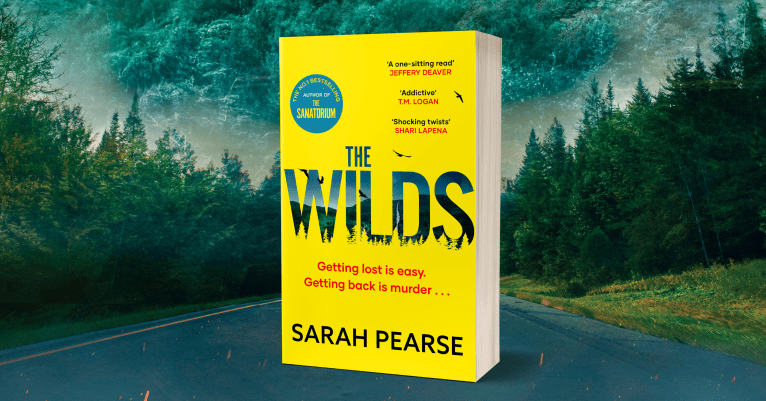Peter Lovesey: How I Met My Detective

‘I am a dead man, or will be when you read this,’ my new detective announced at the start of Bertie and the Tinman, his first case.
at the start of Bertie and the Tinman, his first case.
Albert Edward, Prince of Wales, Queen Victoria’s eldest son, wrote a detective memoir and consigned it to the Public Record Office in a metal box with instructions that it should not be opened for a hundred years. Now, of course, his three major investigations are public knowledge.
But I must admit I never met Bertie in the flesh.
Writers like to tell you how they created their detectives. In my case, there was no creative bit. Bertie was around long before I was. His adventures and misadventures had been publicised all over the world. His personality was well known. Imperious, demanding and prone to scandal, he was never going to allow a fiction writer to mess with his reputation. So my role was by royal appointment, merely to unlock the box of memoirs and render them fit for a modern reader to enjoy.
I chanced upon the job indirectly. My first crime novels had been the Sergeant Cribb series using various Victorian entertainments as settings. They included the music hall, the seaside, spiritualism and the waxworks. After eight books I decided on a change and wrote several in more modern settings. But there was one major Victorian entertainment I hadn’t covered, and that was horse-racing. I read a book about the most famous of all nineteenth century jockeys, Fred Archer, and was intrigued by his strange death. At the age of twenty-nine, in his prime as the champion jockey, Archer shot himself. Before he pulled the trigger, he was heard to say, ‘Are they coming?’
No one ever explained what he meant.
How could any writer resist such a challenge? Here was my racing mystery waiting to be investigated. But who would I hire as the detective? Sergeant Cribb of Scotland Yard didn’t seem right for a case set mainly in Newmarket. I needed someone familiar with horse-racing. Then I read that when Archer’s hearse passed through Newmarket, the largest wreath on the coffin was from Bertie. Archer had been the royal jockey. Surely the Prince, of all people, would be the most troubled by Archer’s last words. Was it possible that Bertie himself had investigated the strange death?
The more I thought about it, the more I understood that Bertie had been perfectly placed to act as an amateur sleuth. The Queen allowed him few royal duties, so he had time on his hands. He was powerful enough to keep Scotland Yard at arm’s length while he probed the case. Yet he could snap his fingers and the police would come when required. Moreover, he was blessed with a wife, Princess Alexandra, who was wiser than he, and able to steer him in the right direction most of the time. I always enjoy the research part. How exciting it was to locate that box in the Public Record Office and realise that the hundred-year embargo had elapsed. And to find not one detective memoir, but three, not to mention some short stories. Bertie and the Tinman covered the Archer case. Bertie and the Seven Bodies was a house-party extravaganza. And Bertie and the Crime of Passion was about a little-known excursion to Paris in which Bertie teamed up with the actress Sarah Bernhardt. The rest, as they say, is history.

Bertie and the Tinman is available as a £2.99 ebook.






